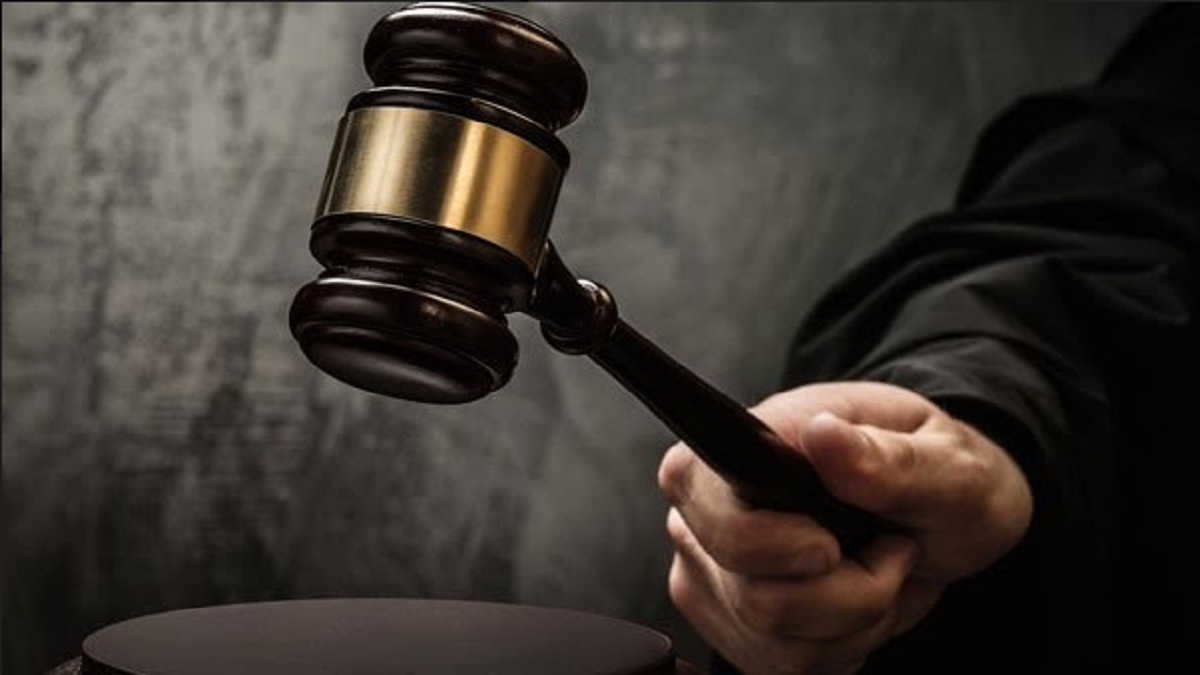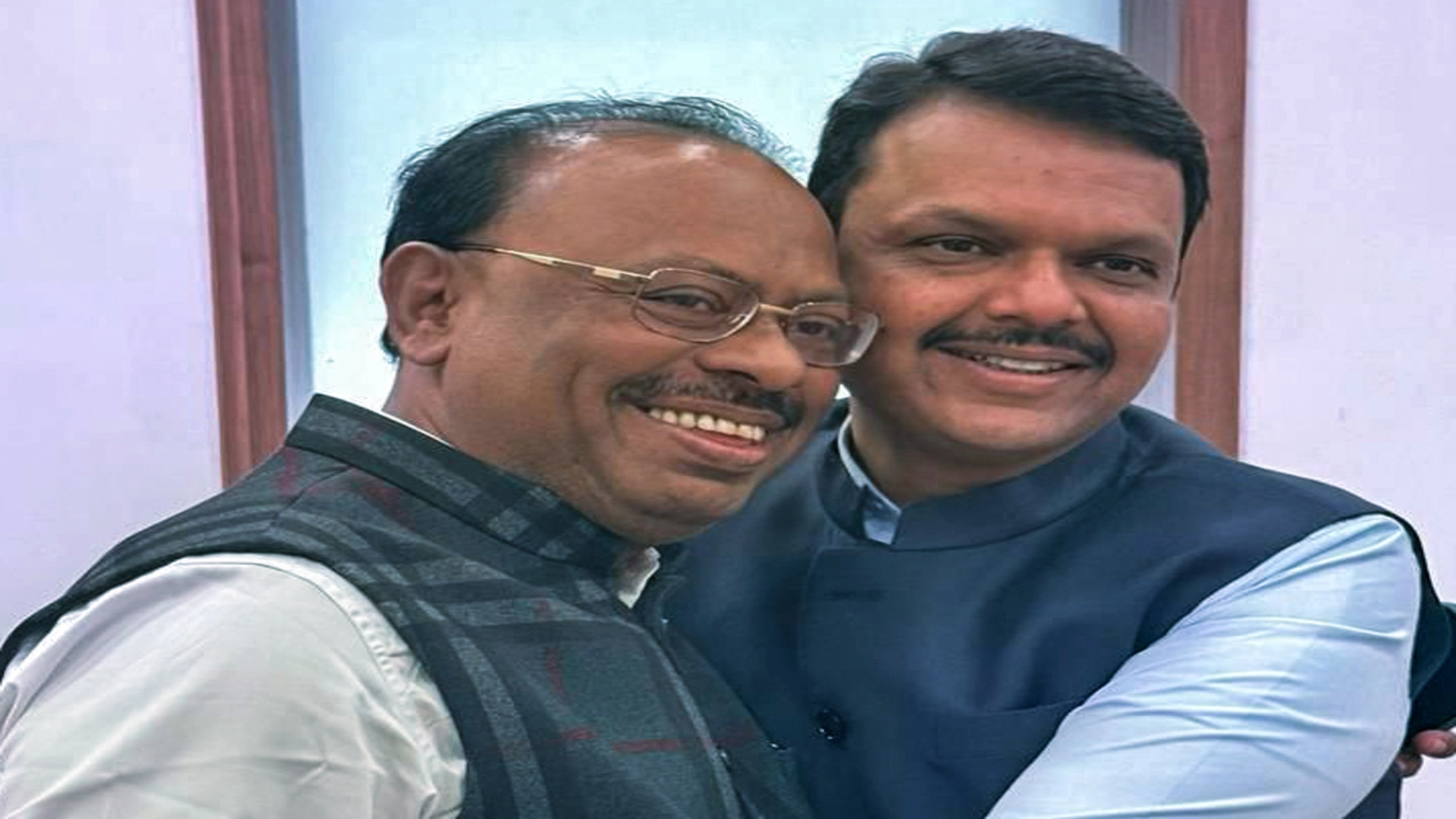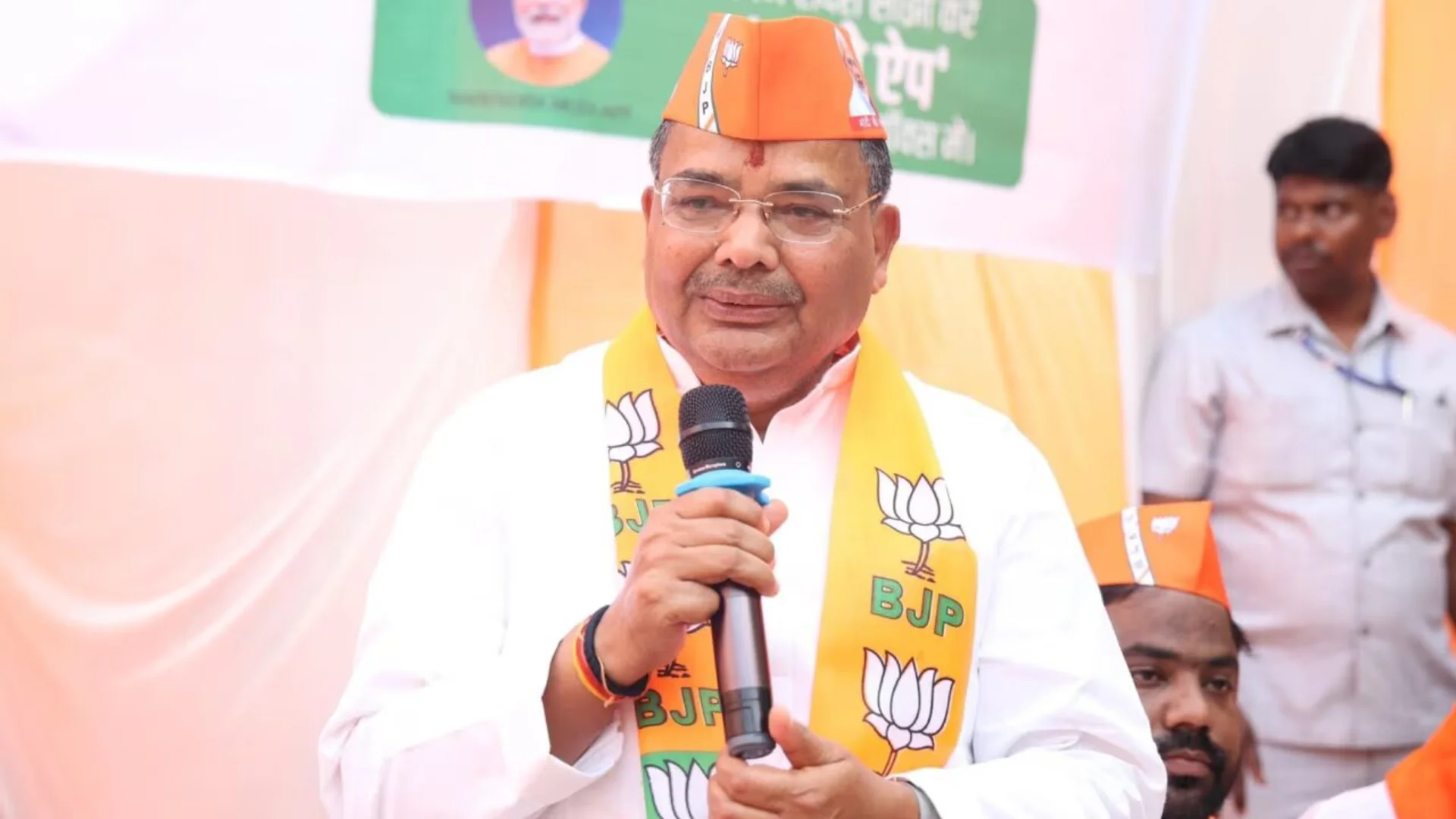
The 102nd Amendment takes away power from state governments to identify Socially and Educationally Backward Classes (SEBCs) – and hands it over to the President, in exclusion of any other authority. The Centre’s List shall now be the “only list.” It may be guided by National Commission for Backward Classes under Article 338 B. States can only make suggestions to the Commission, but the ultimate decision of exclusion from or inclusion into the list belongs to the President. Such category of persons identified by the President and put on the list is deemed to include SEBCs in relation to each State and Territory for the purpose of the Constitution. The only way to amend this list once it is published is by the Parliament’s law under Article 342 A (2).
The purpose of this piece is to deliberate the Constitutionality of the 102nd Amendment. Since the Amendment takes away a power that the States have held for over seven decades now i.e., to identify Socially and Economically Backward Classes and draw up their own lists, the question here is – can a seven-decade long investment of power be taken away – so simply? And if yes, then what bearing does this have on the concept of Federalism?
LEGAL FRAMEWORK
The power of the Parliament to make an Amendment is derived from Article 368 of the Constitution. According to this when there is an Amendment that makes changes to Lists under the Seventh Schedule or to the Executive Powers of States – then, the Amendment is supposed to be ratified by at least half of the legislative assemblies of all States. The Proviso to Article 368(2) is under question – whether the amendment must make a change to the above criteria – only textually or the check for changes made has to be adjudged from the impact of the Amendment.
In the given case, since ostensibly no changes are made to the aforesaid criteria – the Supreme Court in Jaishri Laxmanrao (2021) declared the Amendment as Constitutional. The Court read the Amendment to check for whether there is any “direct” amendment made to the sub-clauses (a) to (e) of the Proviso to Article 368 (2) – and found that no change was made. It left out the question of an indirect amendment by way of the checking for the impact of the Amendment in question.
PURPOSE OF THE PROVISO
According to Dr. Ambedkar – the purpose of the Proviso in question was to mandate a higher ratification for provisions which had a bearing on the federal structure of the Constitution. And so, if it ever came to questions such as Representation of States in Parliament or the Powers of the Executive and Legislative powers of the State versus those of the Union – the Parliament could not be the unilateral body to amend the Constitution. This is because the Federal Structure was at stake in such decisions.
CASE LAW
When the question of whether an Amendment has to be read only to check for direct impact i.e., textually/formalistically or it has to be read such that an analysis of its ramification via consequence i.e., purposively has to be done – two Supreme Court cases warrant significance.
In the Sajjan Singh case (1995) when the Court’s power to judicial review of Ninth Schedule legislations was taken away, the question was about the validity of the 17th Constitutional Amendment. In this case as well- the text of the Constitutional Amendment did not directly amend any of the listed Provisions under sub-clauses (a) to (e) of Article 368(2). However, the Supreme Court held that the test here is one of the “effect of the amendment” made in the Fundamental Rights. It held that the test was one of “effect” and not merely of the textual provision amended. And so, because the Amendment amounted to altering the power of the High Court under Article 226 – and therefore, it required ratification by the States.
When the 52nd Constitutional Amendment was introduced – it brought in the Tenth Schedule. And in Paragraph 7, it took away the Courts’ power of judicial review with respect to disqualification of a Member of the House. In the case of Kihoto Hollohan (1992), when this question came before the Court, the check used was whether the constitutional amendment ‘either in terms or in effect seek to make any change in Article 226 or in Articles 132 and 136.’ In this case despite the fact that no explicit change was made to Article 226 – but the Amendment was unconstitutional because in effect it amended Article 226, in the absence of compliance with the Proviso to Article 368(2) of the Constitution. In the same case, it was said that if the Constitutional Amendment only incidentally makes a change to the sub-clauses of Proviso to Article 368(2) – it may still be held as Constitutional.
The common edifice laid down by these judicial precedents establishes that the effect of an Amendment has to be tested at both the surface and the substratum. At the surface – an analysis has to be done at the textual level checking whether any of the sub-clauses (a) to (e) under the Proviso to Article 368(2) are affected. If no such clause seems to be affected then, the second level of verification has to be carried out at the substratum level – by examining the effect of the said Amendment i.e., whether by action or consequence the Amendment alters any of the said sub-clauses in question.
EVALUATION
In the way that the Amendment deprives States of their legislative and executive power – the Amendment intrudes Article 246 and 162. Therefore, even if an invasion is not made textually into the domain of the sub-clauses – but by effect, it intrudes upon them. The argument that the Amendment only incidentally makes changes to the Articles under those sub-clauses is also bound to fail. This is because, the purpose of the Amendment in question was to change the distribution of powers between the State and Centre.
When rule-making power is taken away from States, their legislative powers under Article 246 and the Seventh Schedule (as specified in sub-clauses (b) and (c) of the Proviso) are impacted. Similarly, their executive powers under Article 162 (specified in sub-clause (a) of the Proviso) stand altered. Therefore, while a textual/formalistic interpretation of the said Amendment seems to leave sub-clauses (a) to (e) of the Proviso to Article 368 (2) unaffected – the impact of the Amendment in its effect, tickles closely to making changes to the relevant sub-clauses. This means that such an Amendment is invalid in the way that it has been passed i.e., in the absence of seeking ratification by at least half the legislative assemblies of all States.
Therefore, the Amendment and the judgment- both, run fowl not only of adhering to tests from past judicial precedents but also ensuring preservation of the enshrined ideal of Federalism into the Indian Constitution. The strength of the Centre comes from the voice of its federations, and not vice versa — and grievously has the Court seemed to miss this idea.















